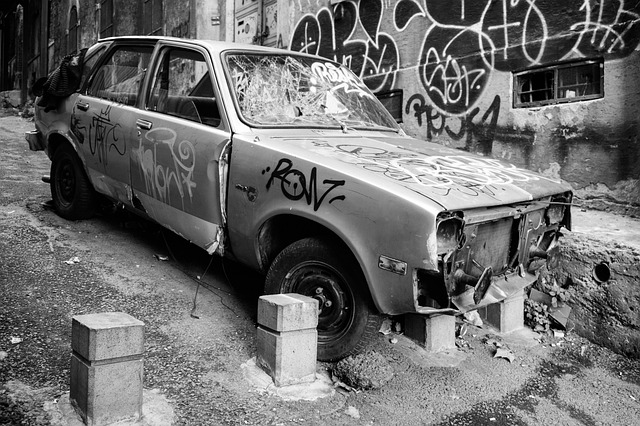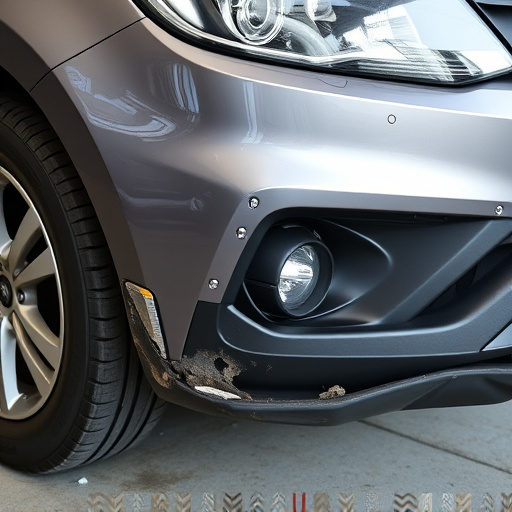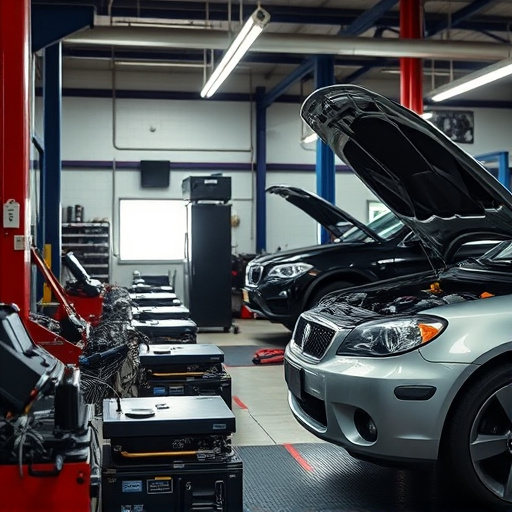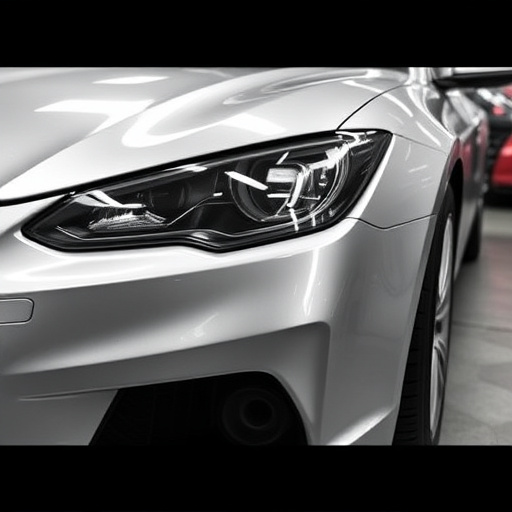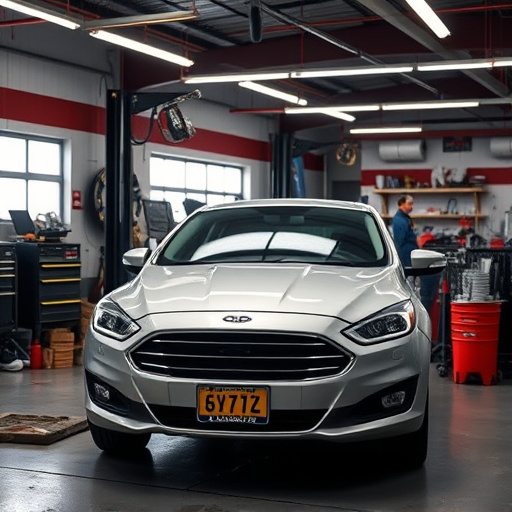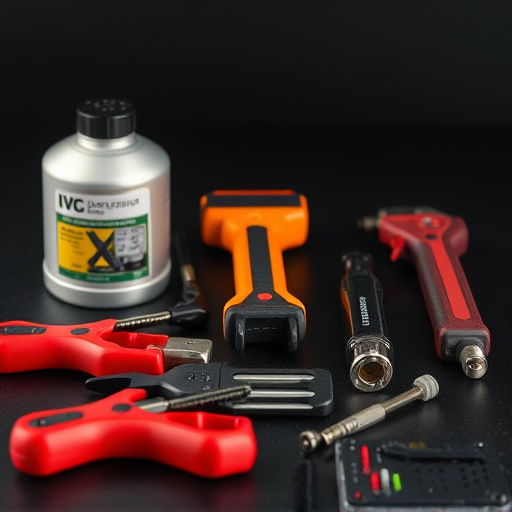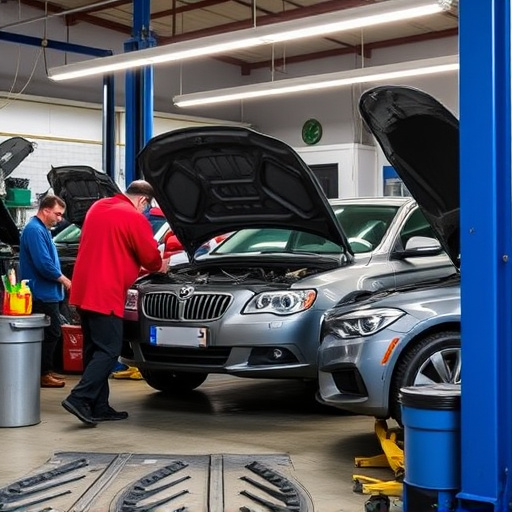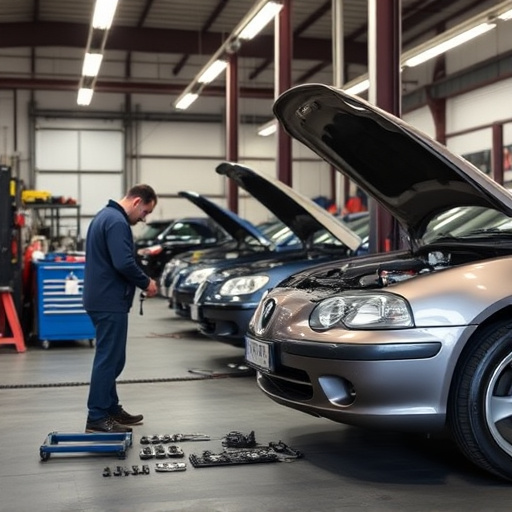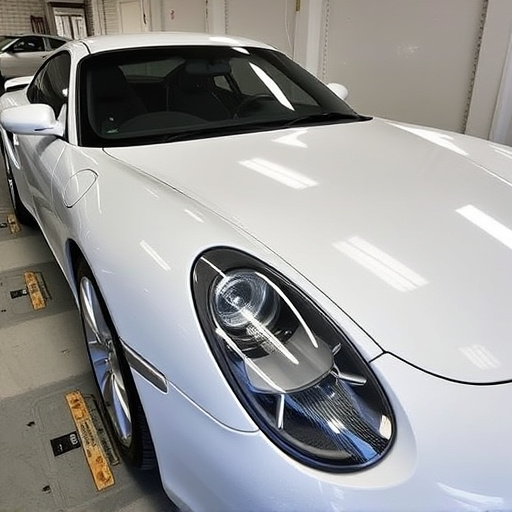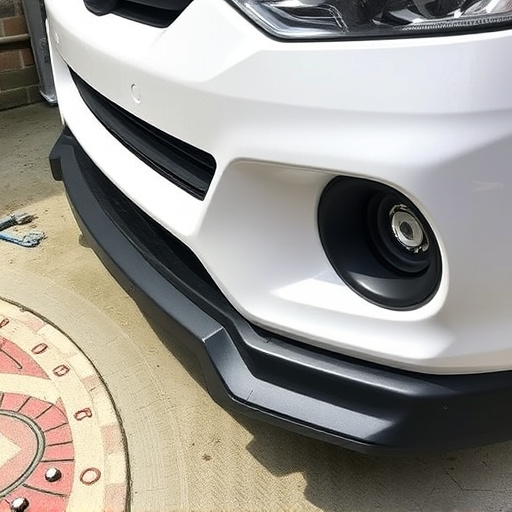A structural repair warranty is a critical tool for car owners, offering protection after significant repairs like frame straightening. It covers defects in materials or workmanship, but understanding the fine print is essential as many exclude normal wear, misusage, or neglect. Reputable auto bodyshops offer these warranties, ensuring quality craftsmanship and providing legal recourse for post-repair issues. Regular maintenance and adherence to repair protocols are key to maintaining coverage; carefully note exclusions to ensure protection within warranty limits.
Avoiding costly mistakes is crucial when it comes to protecting your home’s structural integrity. This guide aims to empower homeowners by shedding light on common pitfalls that can void structural repair warranties. We’ll explore key terms and conditions, identifying typical errors like improper preparation, incorrect material use, and the importance of post-repair maintenance. By understanding these aspects, you can ensure your warranty remains valid, safeguarding your investment in vital home repairs.
- Understanding Your Structural Repair Warranty
- – Define what a structural repair warranty is and its purpose
- – Key terms and conditions commonly found in these warranties
Understanding Your Structural Repair Warranty
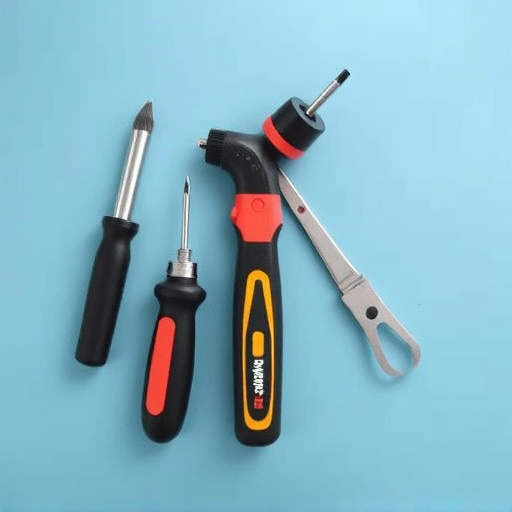
When it comes to structural repairs on your property, understanding the scope and limitations of your warranty is paramount. A structural repair warranty is designed to protect homeowners from defects in materials or workmanship that could compromise the integrity of their homes. These warranties typically cover issues like foundation cracks, roof leaks, or wall damage caused by covered perils such as storms, earthquakes, or poor construction. However, it’s crucial to read and comprehend the fine print. Many warranties exclude damage from normal wear and tear, misusage, or neglect, so ensuring you know what is and isn’t covered is key to avoiding voiding your protection.
For instance, consider scenarios where a car scratch repair or auto body repair might not be covered under a structural repair warranty. While some warranties may include limited coverage for such incidents, others will explicitly exclude them. Similarly, when contemplating Mercedes Benz repair or any high-end vehicle maintenance, it’s essential to check if the warranty extends to these services. By understanding your rights and responsibilities under the structural repair warranty, you can ensure that any necessary repairs are handled appropriately, preventing voiding of the warranty and safeguarding your investment in your home.
– Define what a structural repair warranty is and its purpose

A structural repair warranty is a crucial promise from auto repair services or bodyshops, offering protection for owners of vehicles that have undergone significant structural repairs. Its primary purpose is to assure customers that their vehicle’s integrity and safety are guaranteed following fixes like frame straightening, panel replacements, or major accident damage restoration—essential components of auto collision repair. This warranty acts as a safeguard against unforeseen issues, ensuring peace of mind for drivers who’ve invested in repairing their damaged vehicles.
By providing this guarantee, reputable bodyshops demonstrate their commitment to quality craftsmanship and customer satisfaction. It signifies that they stand behind their work, understanding the critical nature of structural integrity in vehicle safety. When issues do arise post-repair, the warranty becomes a legal framework facilitating the resolution process, whether it’s through repairs, replacements, or refunds. For drivers, this translates into added security, knowing their investment in auto repair services is not just a transaction but a promise fulfilled.
– Key terms and conditions commonly found in these warranties
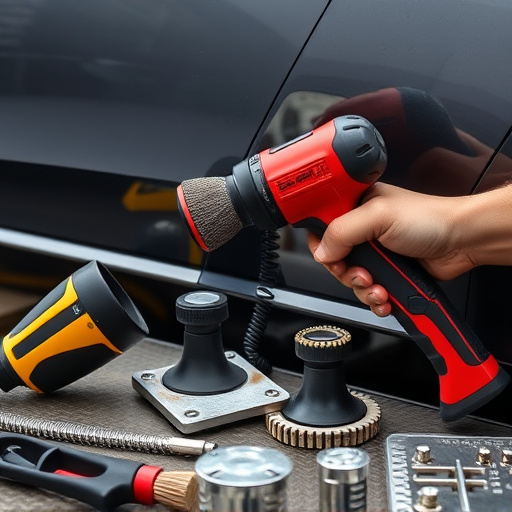
When reviewing a structural repair warranty, several key terms and conditions can significantly impact your coverage and claims process. One crucial aspect to understand is that these warranties often require proper maintenance and adherence to specified repair procedures. For instance, missing regular inspections or failing to follow recommended repair protocols after a car dent repair or auto collision can void the warranty.
Additionally, be attentive to exclusions listed in the warranty documents. Common exclusions may include damages caused by natural disasters, negligence, or alterations made to the structure without the warranty provider’s consent—a factor that’s particularly relevant when considering extensive car body repairs. Understanding these terms is essential to ensuring you’re adequately protected and aware of any limitations during the structural repair process.
Avoiding common mistakes when it comes to structural repair warranties is essential for ensuring your investment is protected. By understanding the key terms, being mindful of exclusion clauses, and staying informed about industry standards, you can maintain the integrity of your repairs and avoid voiding your warranty. Remember, a thorough review of your warranty documents can save you from costly surprises down the line.
